I received an INVT PLC host IVC1-2416MAR. Because I have used a similar PLC before, I am quite familiar with it, so I have a good impression of this PLC.
This PLC is positioned as a small high-performance PLC, integrated 24 points DC24V input, 1 common terminal; 16 points relay output, 4 common terminals; input power supply voltage is 84~264Vac, wide voltage is necessary. The host also comes with two communication ports, which is still very kind, and it is very important for occasions that require communication connections. For the communication function, I specially tested it, and I will elaborate on the details below.
When it comes to the industrial product of filter press, not many people are familiar with it, and it is mainly used for solid-liquid separation. The materials are filtered by pressure, and are widely used in chemical, pharmaceutical, metallurgical, sewage treatment and other fields.
For the program control of the filter press, it is a sequential control process. It is carried out step by step. One step cannot be missed or one step is skipped. Due to special working conditions, it is necessary to temporarily stop the output, emergency stop, manual automatic switching and other operations at any time. . At this point, it is necessary to control it through a programmable controller (PLC).
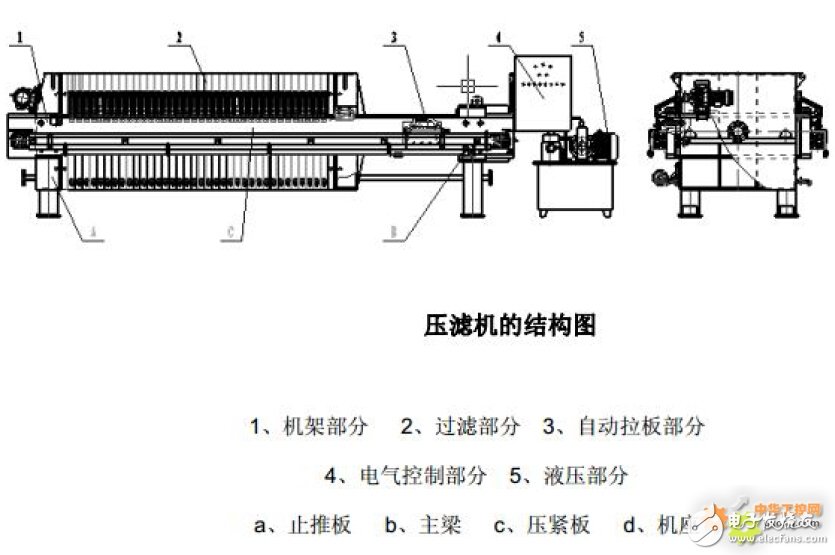
The electrical control part is the control center of the entire system, which is mainly composed of frequency converter, PLC, protector, air switch, circuit breaker, intermediate relay, contactor, button, signal lamp, etc.
The conversion of the working process of the automatic filter press is completed by the conversion of the PLC internal timer, counter, intermediate relay, and PLC external travel switch, proximity switch, electric contact pressure gauge (pressure relay), control button, etc.
The working process of the automatic filter press can be divided into high-pressure unloading, flap opening and closing, loosening, plate taking, pulling plate, pressing, pressure compensation and pressure holding, etc. The process is as follows:
High-pressure unloading-flap opening-loosening-removing board-pulling board-flap closing-pressing-holding pressure
In the PLC, two blocks are made for manual and automatic, and jump instructions are used to run the corresponding programs:

Figure 1. Automatic control block

Figure 2. Manual block
Use the manual/auto switch button to jump instructions. When manual, jump to automatic instructions, as shown in Figure 1; when automatic, the opposite is true, as shown in Figure 2.
For the automatic program, a step relay is used to control each process, as shown in Figure 3. Due to the need for manual/automatic operation at any time, no sequential function instructions are used. I also tried to use the sequential function diagram by the way. I didn't feel that it was so easy. I used to use Siemens PLC. It will be easier to use if you are proficient.
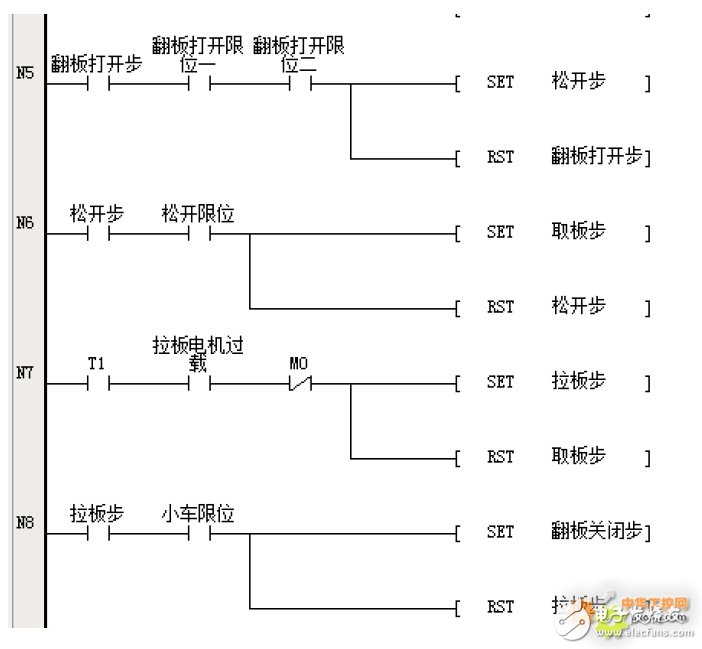
Figure 3. Step relay
For manual programs, alternate output instructions are used to realize the single-button start-stop function, as shown in Figure 4.
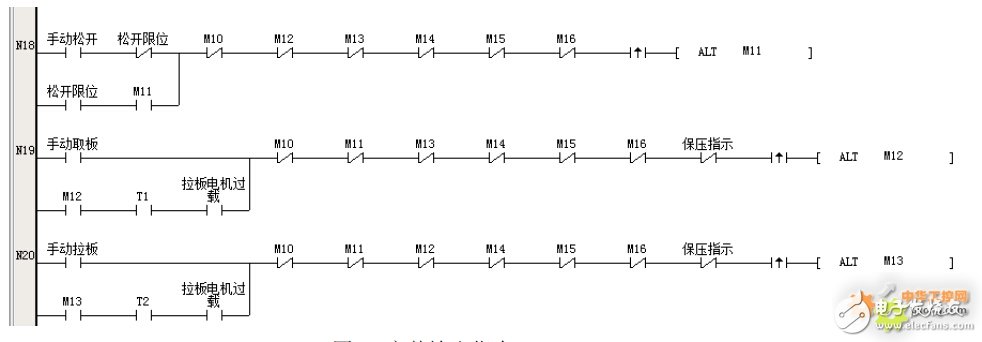
Figure 4. Alternating output instructions
Of course, there is an indispensable reset program, I made it into a subroutine, in the main program, through conditional call (Figure 5 and Figure 6). The advantage of this is that the subroutine can be exported to a file separately, and then a different program can be called every time afterwards.
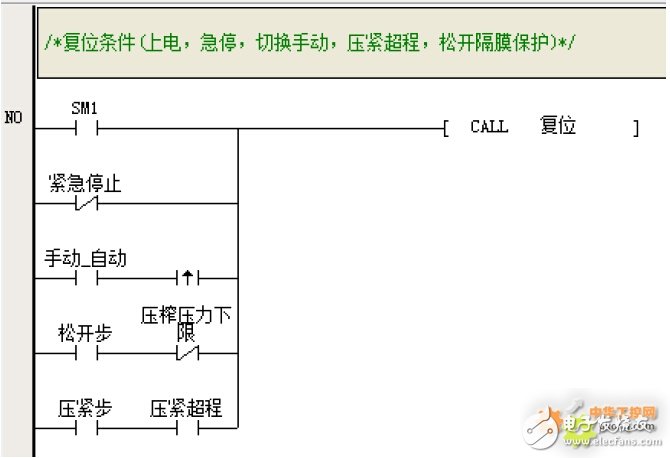
Figure 5. Calling a subroutine in the main program
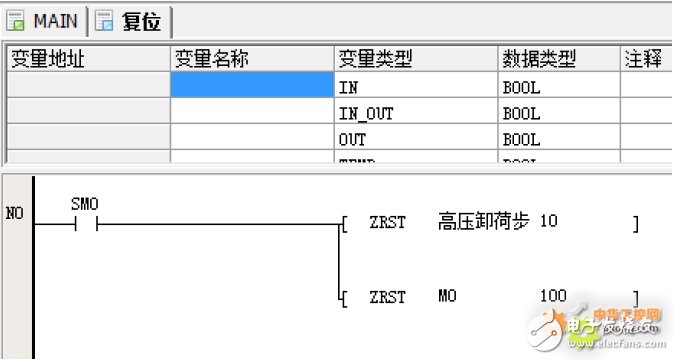
Figure 6. Reset subroutine
What needs to be appreciated is that the batch reset instructions provided by INVT are easy to use (ZRST).
Design the drawings, compile the program, install the power distribution cabinet, all in one go. Commissioning on the machine, with pictures of the electrical cabinet:
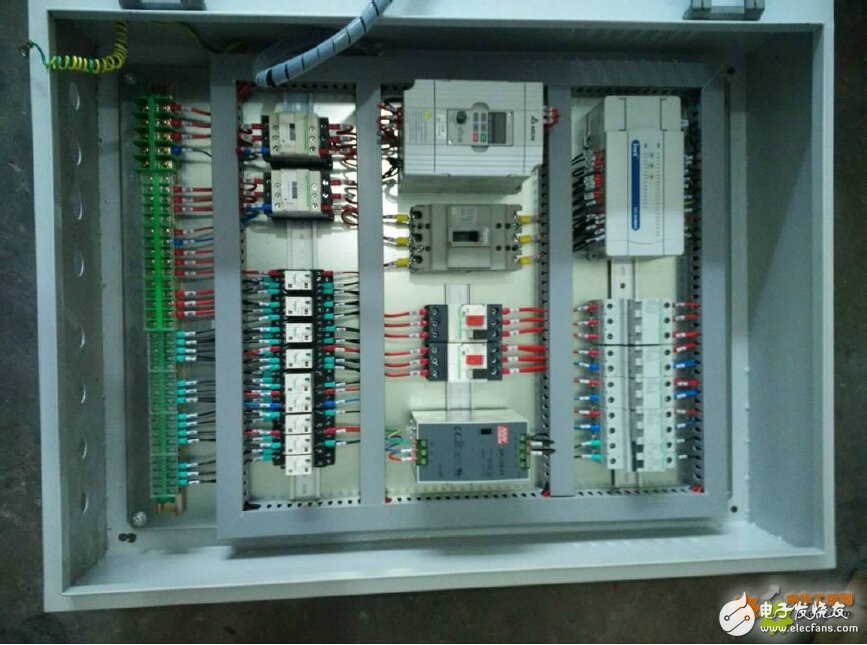
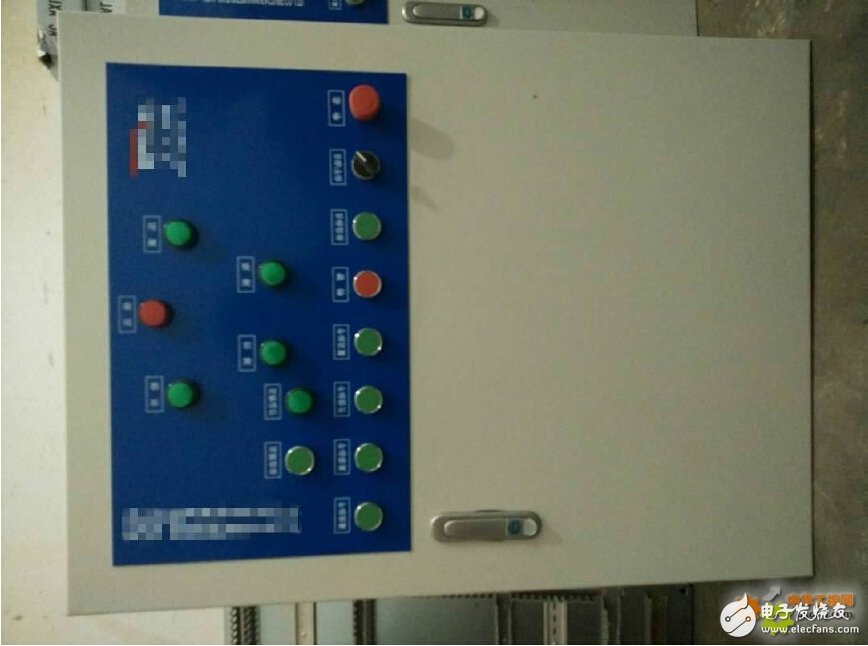
Picture of the whole machine:
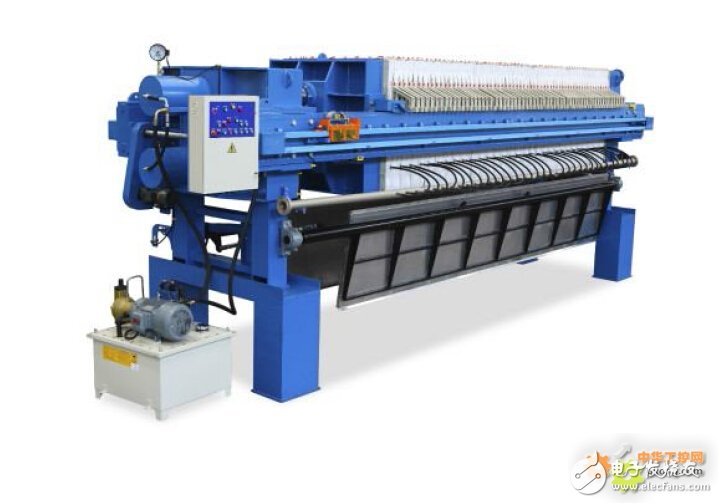
I have to say that the communication function of INVT is not a display. I made a communication program and tested it. I used INVT to communicate with the domestic Hailip inverter, and there was no problem at all.
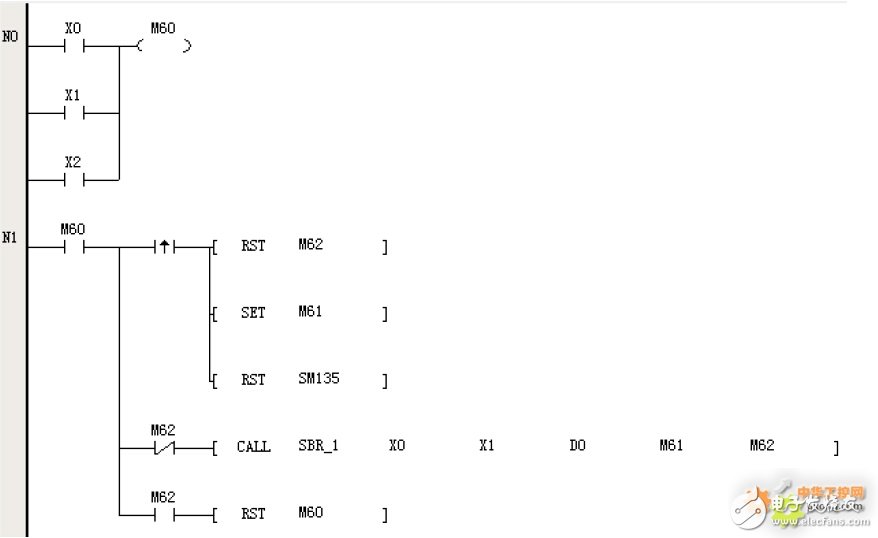
Main program
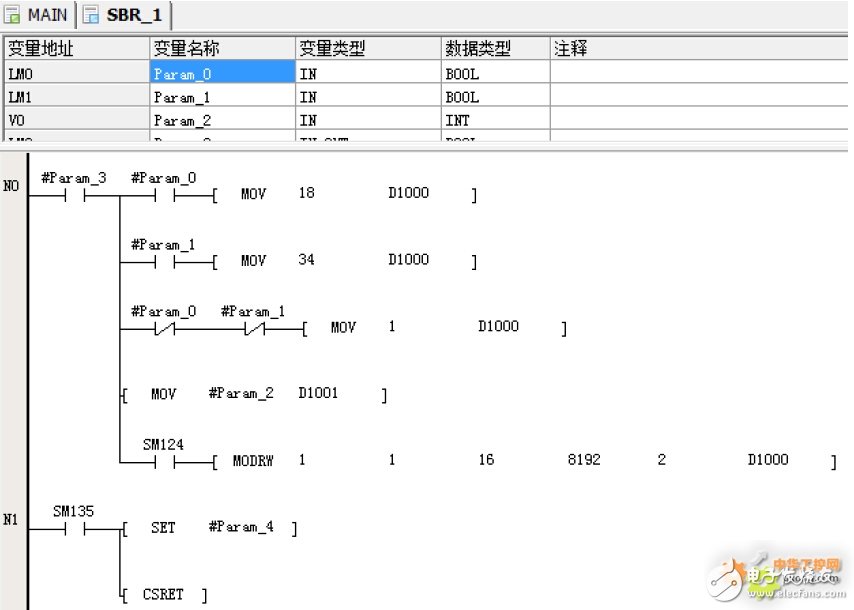
In summary, INVT's PLC has been running normally on the equipment for a long time, and it is fully adapted to the complex environment and working conditions of the filter press. Excellent performance, beautiful appearance, and complete functional commands, which are not inferior to European and Japanese PLCs. Finally, if there is a good price/performance ratio, I hope that the excellent sales volume can lead the domestic PLC to become bigger and stronger.
Antenk dip plug connector Insulation Displacement termination connectors are designed to quickly and effectively terminate Flat Cable in a wide variety of applications. The IDC termination style has migrated and been implemented into a wide range of connector styles because of its reliability and ease of use. Click on the appropriate sub section below depending on connector or application of choice.the pitch range from 1.27mm,2.0mm, and 2.54mm here.
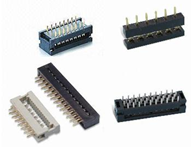
IDC DIP Plug Connectors Key Specifications/Special Features:
Materials:
Insulator: PBT, glass reinforced, rated UL94V-0
Contact: phosphor bronze or brass
Electrical specifications:
Pitch: 1.27/2.0/2.54mm
Current rating: 1A, 250V AC
Contact resistance: 30M Ohms (maximum)
Insulation resistance: 3,000M Ohms, minute
Dielectric withstanding voltage: 500V AC for one minute
Operating temperature: -40 to +105 degrees Celsius
Terminated with 1.27mm pitch flat ribbon cable
Number of contacts: 06,08, 10, 12, 14, 16, 20, 24, 26, 30, 32,34, 40, 50, 60 and 64P
With RoHS mark
Used for ribbon cables
DIP Plug Connectors Application
Wire to Board
Apply to Industries : PC, IPC, Consumer Electronics, Automotive, Home Appliance, Medical
Dip Connector,Dip Plug Connector,Dip Direct Pulg Connector,IDC Plug Connector,Idc connector dip plug,1.27mm Dip Plug Connector,2.0mm Dip Plug Connector, and 2.54mm Dip Plug Connector
ShenZhen Antenk Electronics Co,Ltd , https://www.antenkwire.com